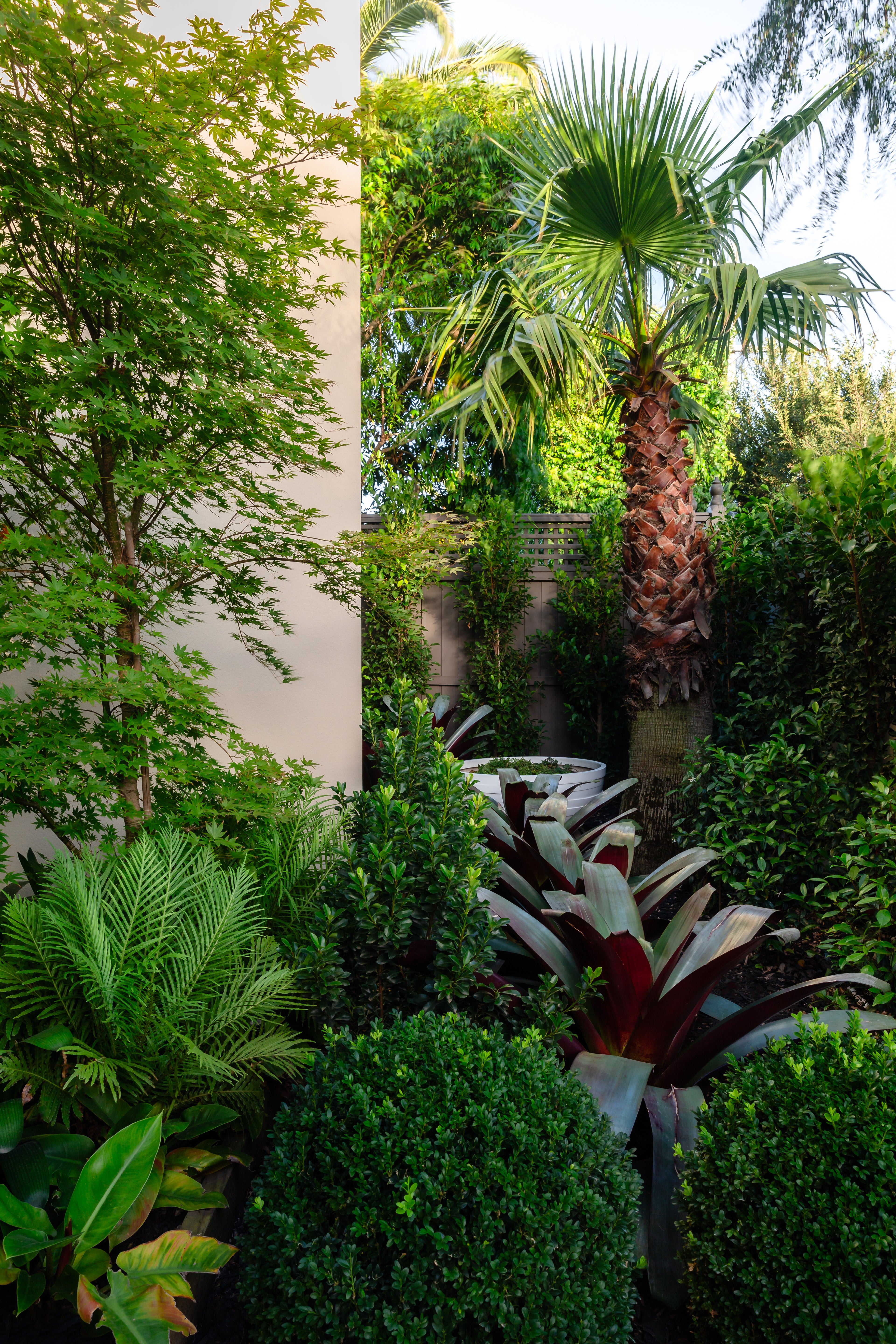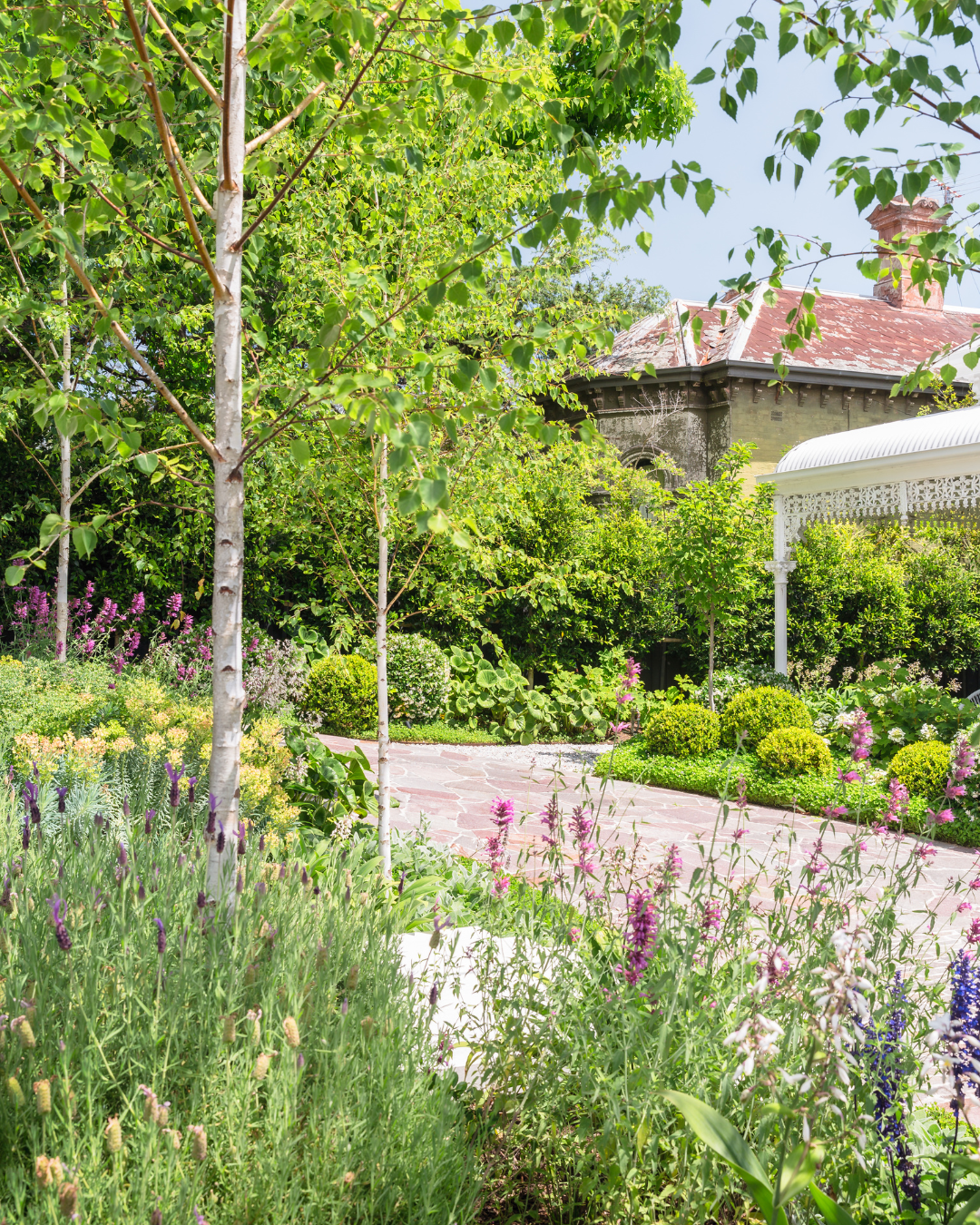Maintaining a beautiful, thriving garden doesn’t need to be a time-consuming task, especially when you select the right trees. In Australia’s diverse climate, certain native trees have evolved to withstand various weather conditions, making them perfect for low-maintenance gardens. Whether you want to create a stunning feature or an elegant screening hedge, the right tree can add beauty and functionality to your landscape with minimal effort. Below, we explore three exceptional native trees—Banksia integrifolia, Corymbia maculata, and Waterhousea floribunda—that thrive in Australian conditions and offer an elegant touch to any high-end garden.
Why Choose Native Trees for Low-Maintenance Gardens?
Australian native trees are naturally adapted to the local climate, making them resilient and easy to care for. These trees are ideal for busy property owners who want their gardens to look their best without constant upkeep. Native trees are also eco-friendly, supporting local biodiversity by attracting birds, bees, and other pollinators. They typically require less water, fertilizers, and pest control than non-native species, making them a sustainable and luxurious choice for the discerning gardener.
Banksia integrifolia – Coastal Banksia
Banksia integrifolia, commonly known as Coastal Banksia, is a stunning evergreen tree with year-round greenery. Its versatility makes it an excellent addition to coastal or inland gardens, particularly where sandy or well-drained soil conditions prevail. Known for its distinctive, cylindrical flower spikes and textured foliage, this hardy native tree attracts birds and pollinators, adding life and activity to your outdoor space. Banksia integrifolia is also wind-resistant and salt-tolerant, making it a fantastic option for exposed or coastal locations. This tree is extremely low maintenance, requiring little more than the occasional prune to maintain its shape.
Key Facts:
- Mature Height: 10–25 meters
- Mature Width: 5–10 meters
- Best Uses: Feature trees, coastal gardens, windbreaks
- Leaf Appearance: Glossy green on top, silvery underneath
- Rate of Growth: Moderate
- Tolerates: Salt, wind, drought
Why It's Perfect for Your Garden
Banksia integrifolia is perfect for creating a vibrant, natural space that buzzes with wildlife. The tree’s distinctive flowers look incredible and attract nectar-feeding birds and bees, making your garden an active, lively environment. Its ability to tolerate harsh coastal conditions while providing a lush, evergreen backdrop makes it an ideal feature tree. Whether you’re planting a windbreak for protection or a striking centerpiece for your landscape, this versatile tree thrives with minimal intervention, making it an excellent choice for busy homeowners.
Corymbia maculata – Spotted Gum
Corymbia maculata, or Spotted Gum, offers an undeniable presence for those seeking grandeur and elegance in their garden. This striking tree is known for its tall, straight trunk and smooth, mottled bark, which creates a visual statement in any landscape. Despite its impressive stature, Corymbia maculata requires little maintenance once established. It’s highly drought-tolerant and thrives in various soil types, from sandy to clay, making it a versatile option for climates. Its dense canopy offers plenty of shade, perfect for those hot Australian summers, while its bark sheds in a visually appealing pattern, reducing the need for cleanup.
Key Facts:
- Mature Height: 20–45 meters
- Mature Width: 10–15 meters
- Best Uses: Shade tree, feature tree, avenue planting
- Leaf Appearance: Narrow, lance-shaped leaves with a glossy green finish
- Rate of Growth: Fast
- Tolerates: Drought, a variety of soil types
Why It's Perfect for Your Garden
Corymbia maculata is ideal for creating a sense of grandeur in a high-end garden. Its smooth, shedding bark adds visual interest year-round, while its impressive height makes it perfect for avenue planting or as a statement feature tree. The dense canopy of this tree provides ample shade, making it a wonderful addition to large gardens or outdoor entertaining areas. Once established, Corymbia maculata requires minimal care, making it a practical yet luxurious choice for any garden.
Waterhousea floribunda – Weeping Lilly Pilly
Known for its lush, glossy foliage and graceful, weeping habit, Waterhousea floribunda, or Weeping Lilly Pilly, is a popular choice for those looking to add a touch of elegance to their garden. Its dense growth makes it an ideal screening or hedging tree, offering privacy while maintaining a natural aesthetic. With minimal pruning, this native tree forms a beautiful cascading canopy that is as functional as attractive. It’s tolerant of various soil types, including clay and loam, and grows well in full sun and partial shade. Waterhousea floribunda is also highly resistant to pests and diseases, making it an exceptionally low-maintenance option.
Key Facts:
- Mature Height: 8–15 meters
- Mature Width: 6–10 meters
- Best Uses: Privacy screening, feature tree, hedging
- Leaf Appearance: Glossy, dark green with a soft texture
- Rate of Growth: Fast
- Tolerates: A variety of soil types, including clay and loam
Why It's Perfect for Your Garden
If privacy and style are your goals, Waterhousea Floribunda is the tree for you. Its dense, weeping foliage creates a natural screen that provides privacy without needing constant trimming. The soft, glossy leaves add a touch of refinement to any garden, while the tree’s minimal maintenance needs make it perfect for homeowners with busy schedules. With its resistance to pests and diseases, Waterhousea Floribunda ensures that your garden remains vibrant and healthy with minimal effort on your part.
Tree Selection and Planting Tips for Low-Maintenance Gardens
To get the most out of your low-maintenance trees, here are some expert tips on tree selection and planting:
- Choose the right spot: Ensure your tree has enough room to grow to its height and width. This will reduce the need for pruning and minimize future root issues.
- Prepare the soil: While native trees are resilient, ensuring the soil is well-draining can improve the tree’s health and longevity.
- Watering: Although these trees are drought-tolerant, they will benefit from regular watering during their first year to establish strong roots.
- Mulching: Apply a layer of organic mulch around the base to conserve moisture and keep the roots cool.
Select trees like Banksia integrifolia, Waterhousea floribunda and Corymbia maculata to enjoy a lush, beautiful garden with minimal effort. These native species are designed to thrive in the Australian climate, making them the perfect choice for creating a low-maintenance yet luxurious outdoor space.
Frequently Asked Questions
Q: Do native trees need special fertilizers?
A: Most native trees are adapted to Australian soils and don’t require special fertilizers. However, a slow-release native fertilizer can be used to give them a boost, especially during the growing season.
Q: How often should I water my newly planted native tree?
A: Water your tree deeply once a week during the first year. Once established, many native trees are drought-tolerant and can thrive with minimal watering.
Q: Can I use native trees for hedging?
A: Absolutely! Waterhousea floribunda is a fantastic choice for creating natural, dense hedges that require little maintenance.
By incorporating these Australian native trees into your garden, you’ll enjoy a stunning and easy-to-maintain outdoor space. These trees are perfect for high-end gardens that require elegance, beauty, and practicality.













